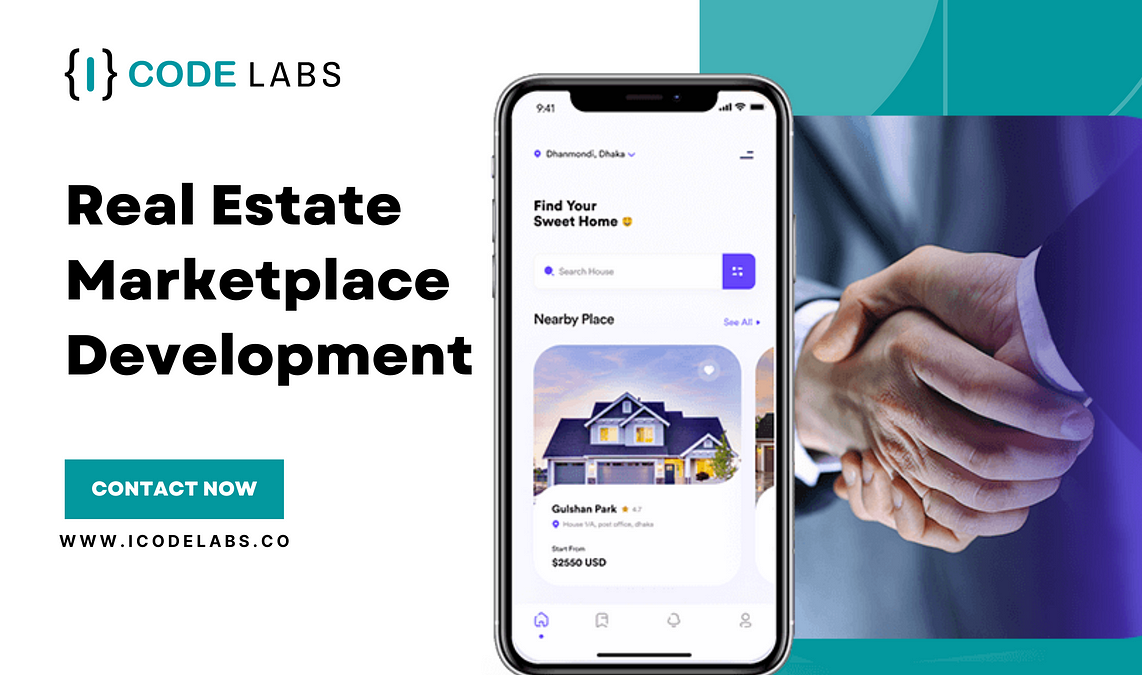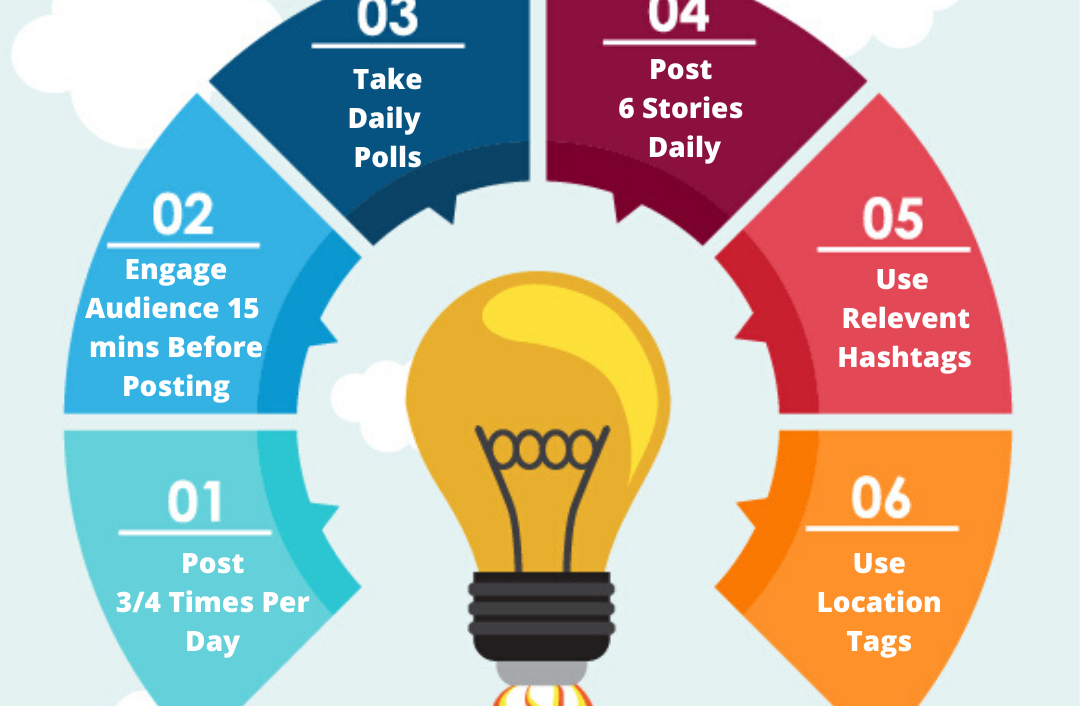Balancing Short-term Performance And Long-term Brand Building: A Delicate Dance

In the fast-paced realm of business, particularly in today’s digital age, there’s often a delicate balancing act between achieving short-term performance and nurturing long-term brand building. While short-term performance is crucial for the immediate success and profitability of a company, long-term brand building is essential for sustained growth and customer loyalty. Mastering the art of harmonizing these two objectives requires a strategic and forward-thinking approach.

Short-term Performance: Immediate Wins, Tangible Results

Short-term performance encompasses the measurable outcomes that a company achieves over a brief timeframe, typically a quarter or a year. This includes metrics such as revenue, profit, market share, and specific sales targets. Focusing on short-term goals allows businesses to:
React Quickly to Market Trends: By closely monitoring market dynamics, companies can swiftly adjust their strategies to capitalize on emerging opportunities or mitigate potential threats.
Optimize Efficiency: Continuous evaluation of short-term performance helps identify areas for improvement, leading to operational efficiency gains and cost reduction.
Secure Financial Stability: Achieving short-term targets ensures a steady flow of revenue and profitability, providing a solid foundation for future growth.
Long-term Brand Building: The Foundation for Lasting Success
Long-term brand building goes beyond immediate financial gains. It involves cultivating a strong, positive perception of a company in the minds of consumers, establishing trust, and fostering enduring customer loyalty. The benefits of long-term brand building include:
Increased Customer Retention and Loyalty: A well-established brand attracts and retains customers who resonate with its values and offerings, leading to repeat purchases and positive word-of-mouth.
Improved Brand Reputation and Recognition: Over time, a brand with a consistent identity and exceptional customer experiences earns a strong reputation, making it stand out in a crowded marketplace.
Enhanced Brand Equity: A brand’s equity, or perceived value, is built over the long term through positive associations and customer loyalty, contributing to increased sales and profitability.
Navigating the Balance: A Strategic Symphony
Striking the right balance between short-term performance and long-term brand building requires a holistic approach. Here’s how companies can achieve this harmonious coexistence:
Set Clear and Aligned Objectives: Establish both short-term and long-term goals that are aligned with the company’s overall vision and mission, ensuring that short-term actions contribute to long-term success.
Invest in Long-term Initiatives: While prioritizing short-term profit may seem tempting, allocating resources to long-term brand-building initiatives can yield significant returns in the future.
Sustained Differentiation: Instead of solely competing on price, focus on creating a unique and compelling brand experience that differentiates the company from competitors and resonates with customers.
Authentic Brand Storytelling: Develop a compelling brand narrative that authentically connects with target audiences, creating emotional connections that foster brand loyalty.
Data-Driven Insight: Utilize market research, customer feedback, and data analysis to gain insights into consumer behavior, preferences, and emerging trends, informing both short-term and long-term strategies.
Consistency in Brand Communication: Maintain a consistent brand identity and messaging across all channels and touchpoints to reinforce brand recognition and trust.
In conclusion, balancing short-term performance and long-term brand building is a delicate art that requires careful consideration and strategic execution. By aligning short-term goals with long-term ambitions, investing in brand-building initiatives, and fostering authentic customer connections, companies can achieve both immediate wins and sustained growth, ensuring enduring success in a competitive marketplace.







